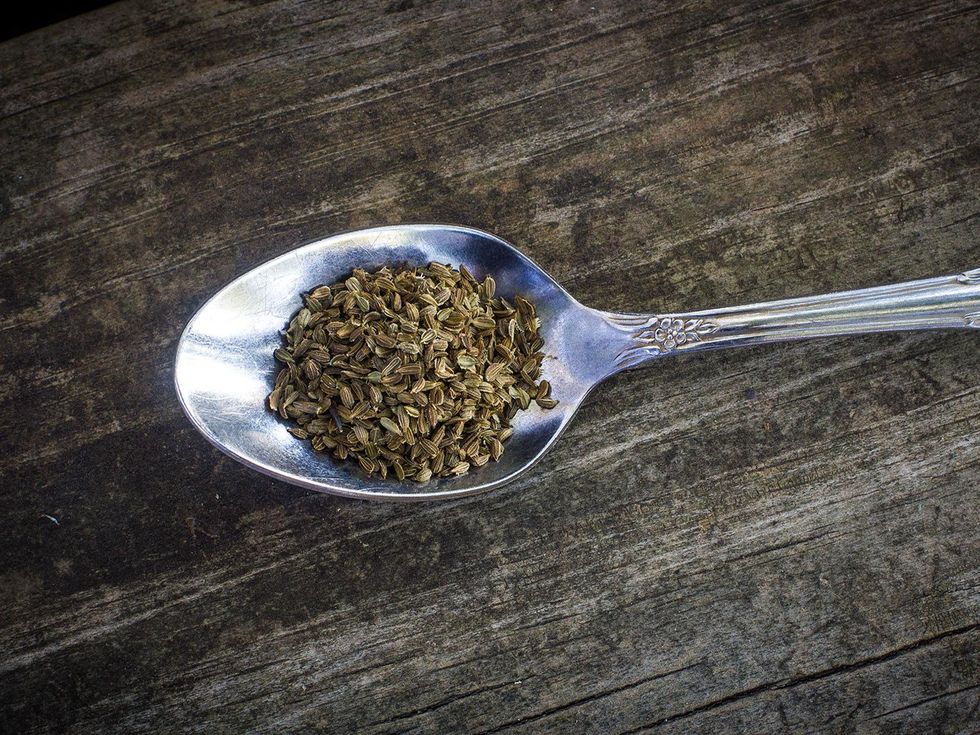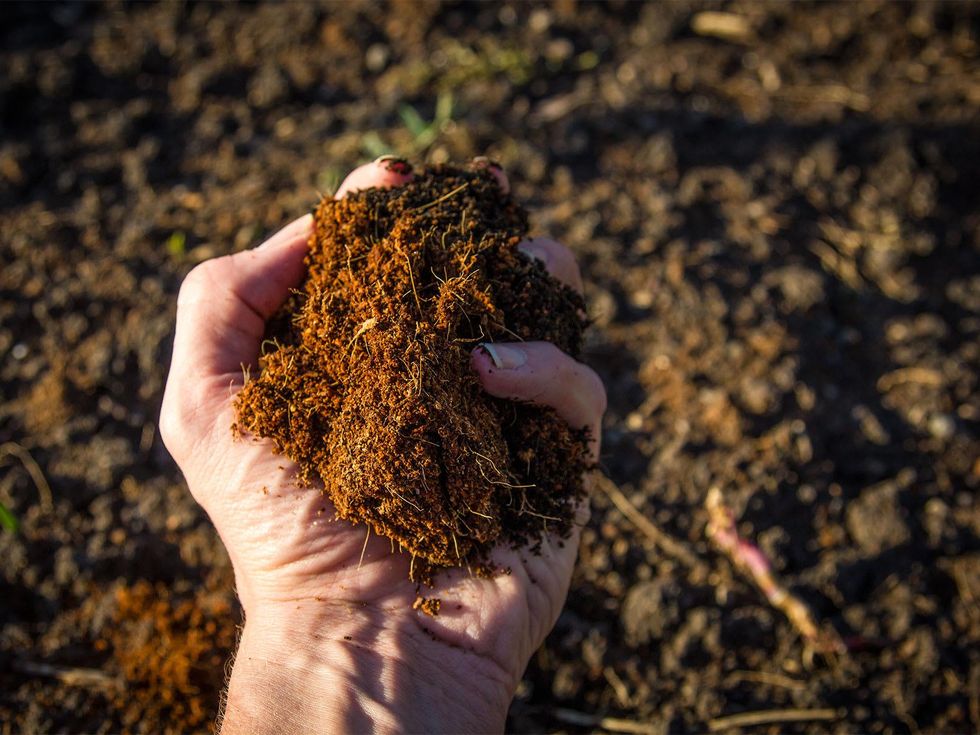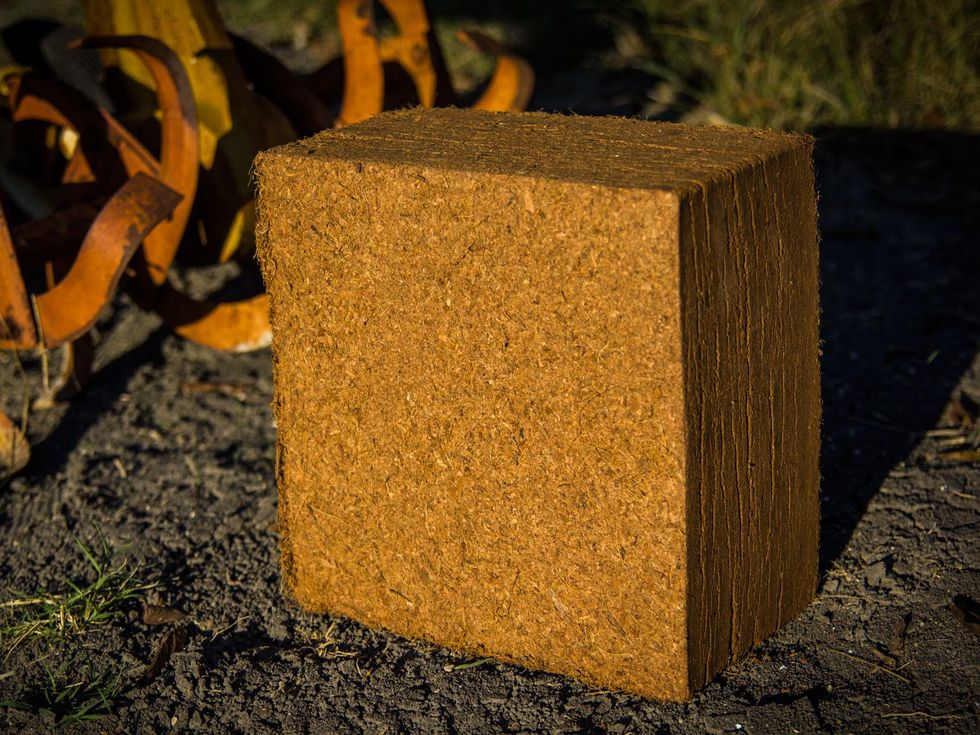The Farmer Diaries
Texas farmer harvests the power of coconuts to remedy poor soil
One of the best ways to grow crops is in a raised bed garden, because you can create your own nearly perfect growing environment. You can add amendments to the native soil that correct its deficiencies and improve its texture, giving plants a fertile, aerated soil where they can easily germinate and thrive.
I have more than 30 beds, but at least a dozen are in less-than-ideal condition. In some, the soil is so hard that watering dries quickly. This makes sprouting difficult, especially small seeds such as carrots; they require even moisture in the soil day after day. Seeds also need a soil surface that's easily penetrated by roots of surface-sown seed or broken through by seed planted a quarter- to a half-inch deep.
As a soil amendment, coconut coir is a rich, soft organic matter that holds moisture for days.
The best solution for breaking up heavy clay soil is to work composted organic matter into it. If I were planning for next year, I could increase the soil's microbial content by adding molasses, worm castings and tea made from the castings; plant a cover crop; and work it into the soil after it grows for a little while. But I want to plant carrots today so I can eat them by Christmas.
For a quick remedy to this subpar dirt situation, I have several options.
I could add compost. But I would need two or three wheelbarrows' worth, and my compost bin is currently only partially decomposed. I could buy compost, but I'm reluctant to spend the money on something I can do myself for free.
Peat moss is not expensive and is commonly offered as a solution. But for a number of reasons, I prefer to use coconut coir, a cheap, effective and eco-friendly material that beats just about anything else.
Coconut coir is good
Coconut coir is the outer fiber of coconut husks, a byproduct of coconut harvesting. It's a brown, fibrous material also used in floor mats, mattresses and brushes. It is organic, but it holds up well against decomposition, and it will last several growing seasons.
As a soil amendment, it is a rich, soft organic matter that holds moisture for days. The particles are fine; tiny seeds that are planted in it will make plenty of contact with the medium, which is vital for the first few days a sprout takes root and must not dry out.
Coconut coir also makes an excellent potting soil for containers with mixed with equal parts of vermiculite and perlite.
It comes in 10-pound bricks of dried and compressed coconut coir, about the size of two shoe boxes, side by side. Each brick is $10. I split one brick between two beds.
To use it, I place it in a wheelbarrow and add 10 gallons of water. It expands more than four times until it fills the wheelbarrow. I remove all the weeds and dead plants from the bed. Then I till the soil with a spade fork, about eight inches deep so that the soil is broken up a little.
Once the soil is broken up, I spread a layer of the coconut coir over the surface of the bed, about an inch deep. Using a smaller hand fork, I work a little of the coir into the crust of the soil and no deeper. Already moist and friable, the coir layer creates a perfect bed for the tiny seeds I plant, and it keeps them moist between the daily waterings they'll need to instigate germination.
After the seedlings mature, about a week or two after they sprout, I back off from watering daily. The coconut coir layer has the properties to carry them through until they unfurl their true leaves, not just the sprout leaves.
If I need to break up the soil a little deeper, I use a whole brick in each bed and mix it into the soil down about six inches. Coconut coir also makes an excellent potting soil for containers with mixed with equal parts of vermiculite and perlite, two gardening media available at any nursery.
Coconut coir is more difficult to find. In spring, home improvement stores sometimes carry bags of loose coir, not the compressed bricks. Privately owned nurseries — such as Garden Variety Organics and Redenta's in Dallas or Marshall Grain Company in Fort Worth — are better bets for finding it. Of course, online there are many places to buy it, including Clean Air Gardening, Growers Supply and Natures Footprint.
Peat moss is bad
Peat moss is easier to find, but as a soil amendment, it performs poorly. Its spongy appearance looks like it would add moisture to soil, but I've found that it creates a sort of barrier between itself and native soil, pushing water away once it dries out. Once it's dry, it's almost impossible to wet again unless fully submerged; sprinkling with a water hose is useless.
There are other reasons to avoid it. Peat moss, simply the remains of sphagnum moss that grows on the surface of a bog, might seem like a renewable resource. But mining peat moss from peat bogs in Canada destroys the ecosystems where it accumulates. It takes 1,500 years for a 3-foot layer of peat moss to form, so once it's harvested and the bogs are obliterated, there's no chance it will reform in our lifetime — or anytime before the year 3514.
More important, peat bogs bury huge amounts of carbon from the atmosphere underwater and trap it there for thousands of years. We're not only destroying a beneficial factor in the fight against global warming, but we're also releasing carbon into the atmosphere that was trapped way back when Jesus gave the sermon on the mount.
The use of coir is growing, especially among commercial growers and in commercial hydroponics operations. But home gardeners are catching on too.



